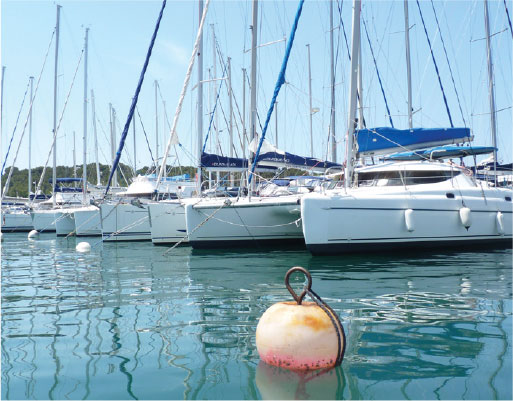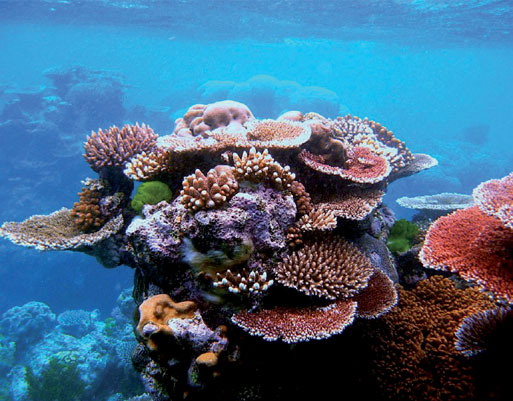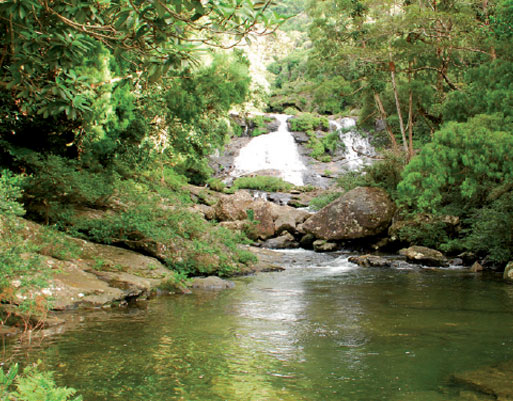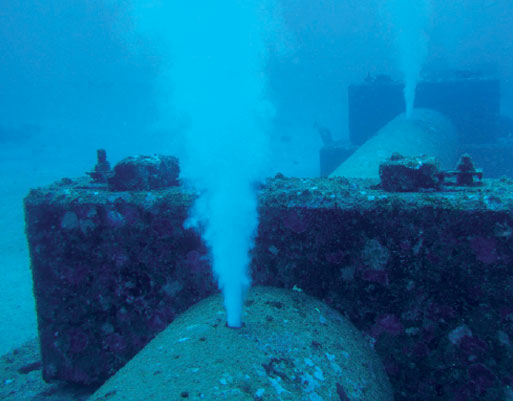Welcome to AEL/LEA New Caledonia
Welcome to AEL/LEA New Caledonia

THOË® is a patented automatic and autonomous sampler using DGT® devices for the analysis of both dissolved metals and organic compounds in seawaters and freshwaters. Fully programmable, THOË® makes it possible to provide on a monitoring site concentrations time series recorded over several months.
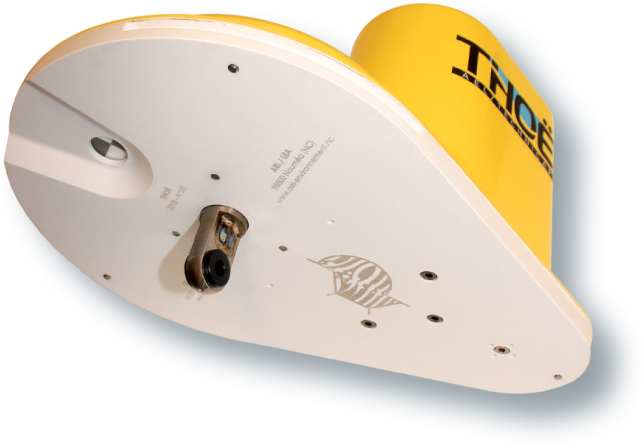

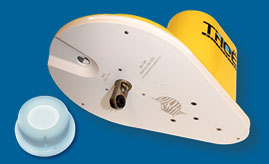
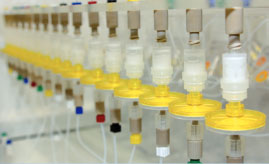
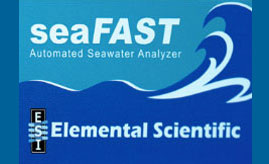
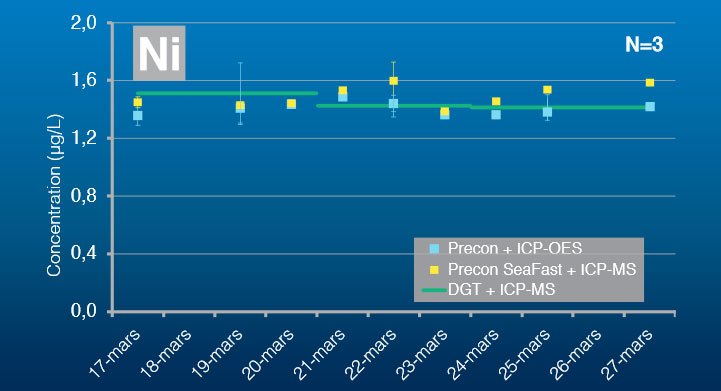
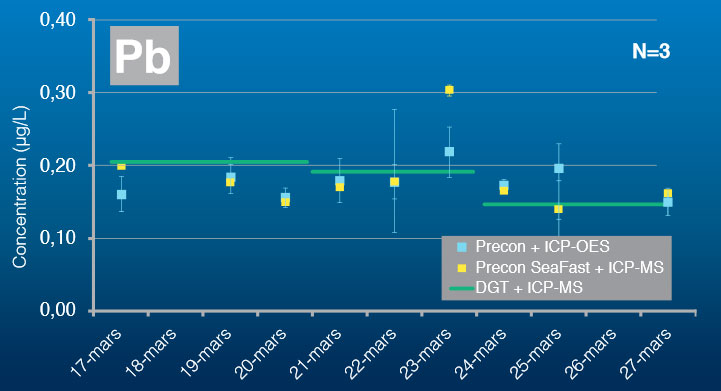

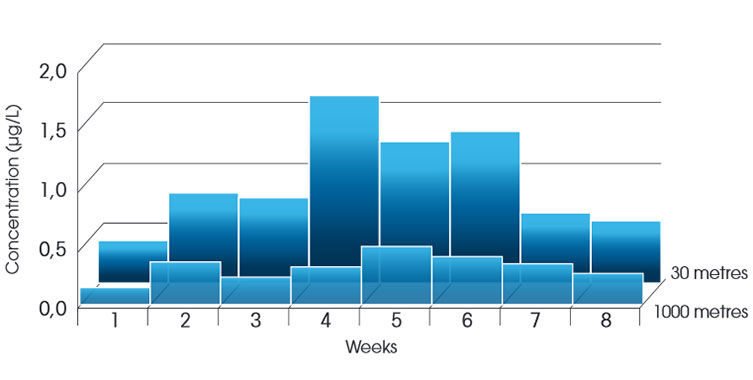
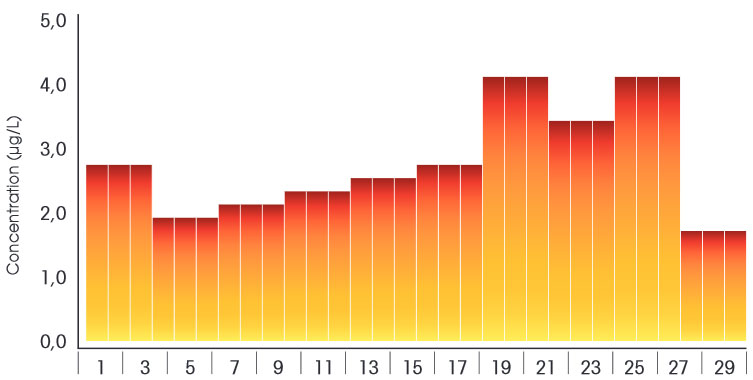
Dissolved Copper concentrations from a marina (above):
Each DGT® was exposed during three days over a one month deployment period. Concentration variations observed over time result of the influence tidal cycles.
Dissolved nickel concentrations determined for two monitoring sites at increasing distances from a marine outfall of mining effluents (left):
Each DGT® was exposed for a week during a two month deployment period. The temporal variations reflect the pollutant load changes at 30 and 1000 m distance.
